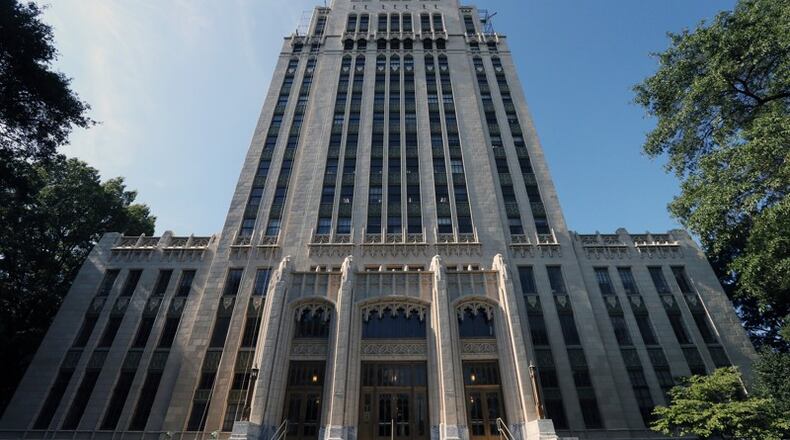Atlanta Mayor Keisha Lance Bottoms recently renewed plans to lower the speed limit citywide as she reiterated the importance of safe driving to reduce accidents.
Efforts to replace nearly 1,000 speed limit signs on more than 300 city streets began in February, according to a Monday news release. The signs are being installed about a year after the City Council unanimously approved a 25 mph default speed limit within the city.
Nearly 75% of the city’s streets will be reduced to lower speeds when the sign installations are finished, according to the mayor’s office. Electronic message boards are being installed to alert drivers to the new speed limits.
“In addition to reduced speed limits, the City will continue to explore every tool available to reduce traffic fatalities and serious injuries in our communities,” Bottoms said in a statement.
Atlanta is implementing “Vision Zero,” a 1990s Swedish policy designed to eliminate traffic fatalities and injuries by reducing vehicular speeds, among other strategies.
Atlanta Transportation Commissioner Josh Rowan said in a statement that reducing the speed limit to 25 mph is “a quick and effective way” to address speeding to make streets safer for people in the public.
In 2019, Bottoms announced her administration would create Atlanta’s first transportation department to create a centralized place for residents to address their concerns about traffic and potholes. The mayor recently lauded the department during her virtual State of the City Address in March.
During the address, Bottoms said the department has installed more than eight miles of new sidewalks and filled nearly 28,000 potholes.
“Creating ADOT streamlines city operations, resulting in a 40% reduction in administrative costs and a 65% increase in performance,” Bottoms said last month.
About the Author
Keep Reading
The Latest
Featured



